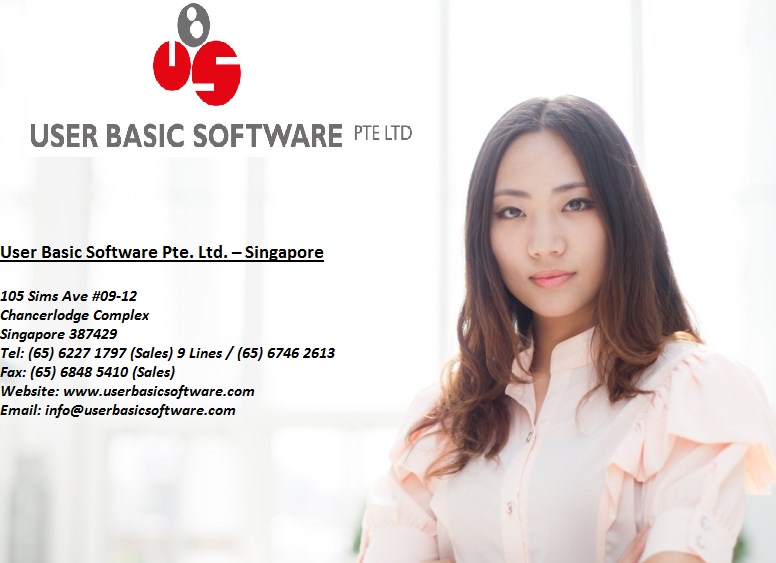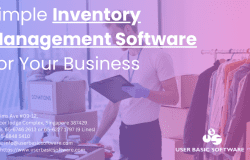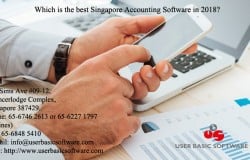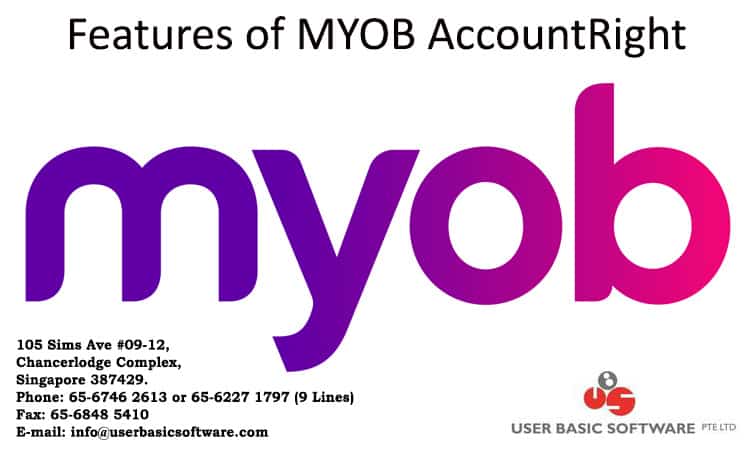Concepts of Cost Accounting
Following are the main concepts of cost accounting:
Cost
There is a cost involved to purchase or produce anything. Costs may be different for the same product, depending upon the stages of completion. The cost changes according to the stage a product is in, for example, raw material, work in progress, finished goods, etc. The cost of a product cannot be perfect and it may vary for the same product depending upon different constraints and situations of production and market.
Expenses
Some costs are actual, such as raw material cost, freight cost, labor cost, etc. Some expenses are attributable to cost. To earn revenue, some expenses are incurred like rent, salary, insurance, selling & distribution cost, etc. Some expenses are variable, some are semi-variable, and some of fixed nature.
Loss
Expenses are incurred to obtain something and losses are incurred without any compensation. They add to the cost of product or services without any value addition to it.
Cost Center
Cost center refers to a particular area of activity and there may be multiple cost centers in an organization. Every cost center adds some cost to the product and every cost center is responsible for all its activity and cost. A cost center may also be called a department or a sub-department. There are three types of cost centers:
- Personal and Impersonal Cost Centers – A group of persons in an organization responsible as a whole for a group activity is called a personal cost center. In case of impersonal call center, the activities are done with the help of plant and machinery.
- Operation and Process Cost Centers – The same kind of activity is done in an operation department. In a process cost center, as the name suggests, different kinds of processes are involved.
- Product and Service Cost Centers – A department where all activities refer to product is called a product department. When the centers render their services to a product department for its smooth functioning, they are called service cost centers.
Profit Center
Profit centers are inclusive of cost centers as well as revenue activities. Profit centers set targets for cost centers and delegates responsibilities to cost centers. Profit centers adopt policies to achieve such targets. Profit centers play a vital role in an organization.
Cost Drivers
Cost of any product depends upon cost drivers. There may be different types of cost drivers such as number of units or types of products required to produce. If there is any change in cost driver, the cost of product changes automatically.
Conversion Cost
The cost required to convert raw material into product is called as conversion cost. It includes labor, direct expenses, and overhead.
Carrying Costs
Carrying cost represents the cost to maintain inventory, lock up cost of inventory, store rent, and store operation expenses.
Out of Stock Cost
Sometimes loss is incurred due to shortage of stock such as loss in sale, loss of goodwill of a business or idle machine. It is called out of stock cost.
Contribution Margin
Contribution margin is the difference between sale price and variable cost.
Ordering Costs
Ordering costs represent the cost to place an order, up to to stage until the material is included as inventory.
Development Cost
To develop new product, improve existing product, and improved method in producing a product called development cost.
Policy Cost
The cost incurred to implement a new policy in addition to regular policy is called policy cost.
Idle Facilities Cost and Idle Capacity Cost
If available facilities remain idle and some loss incurred due to it, it is called idle facilities cost. If capacity is unused due to repair, shut down or any other reason, it is called capacity cost.
Expired Cost
When the cost is fully consumed and no future monetary value could be measured, it is called expired cost. Expired cost relates to current cost. Suppose the expenses incurred in an accounting period do not have any future value, then it is called an expired cost.
Incremental Revenue
Incremental revenue implies the difference in revenues between two alternatives. While assessing the profitability of a proposed alternative, incremental revenues are compared with incremental costs.
Added Value
Added value means value addition to any product. Value addition of the product may be due to some process on product or to make the product available or there may be other reasons; but it also includes the profit share on it.
Urgent Cost
There are some expenses that are to be incurred on an immediate basis. Delaying such expenses may result in loss to business. These expenses are called urgent cost. Urgent costs are not be postponed.
Postponable Cost
Without avoiding any expenses, if we are able to defer some expenses to future, then it is called a postponable cost.
Pre-production Cost
The cost incurred before commencing formal production or at the time of formation of new establishment or project is called pre-production cost. Some of these costs are of capital nature and some of these are called deferred revenue expenditure.
Research Cost
Research costs are incurred to discover a new product or to improve an existing product, method, or process.
Training Cost
The costs incurred on teaching, training, apprentice of staff or worker inside or outside the business premise to improve their skills is called training cost.
SOURCE: TUTORIALSPOINT
For more information please visit us on www.userbasicsoftware.com














